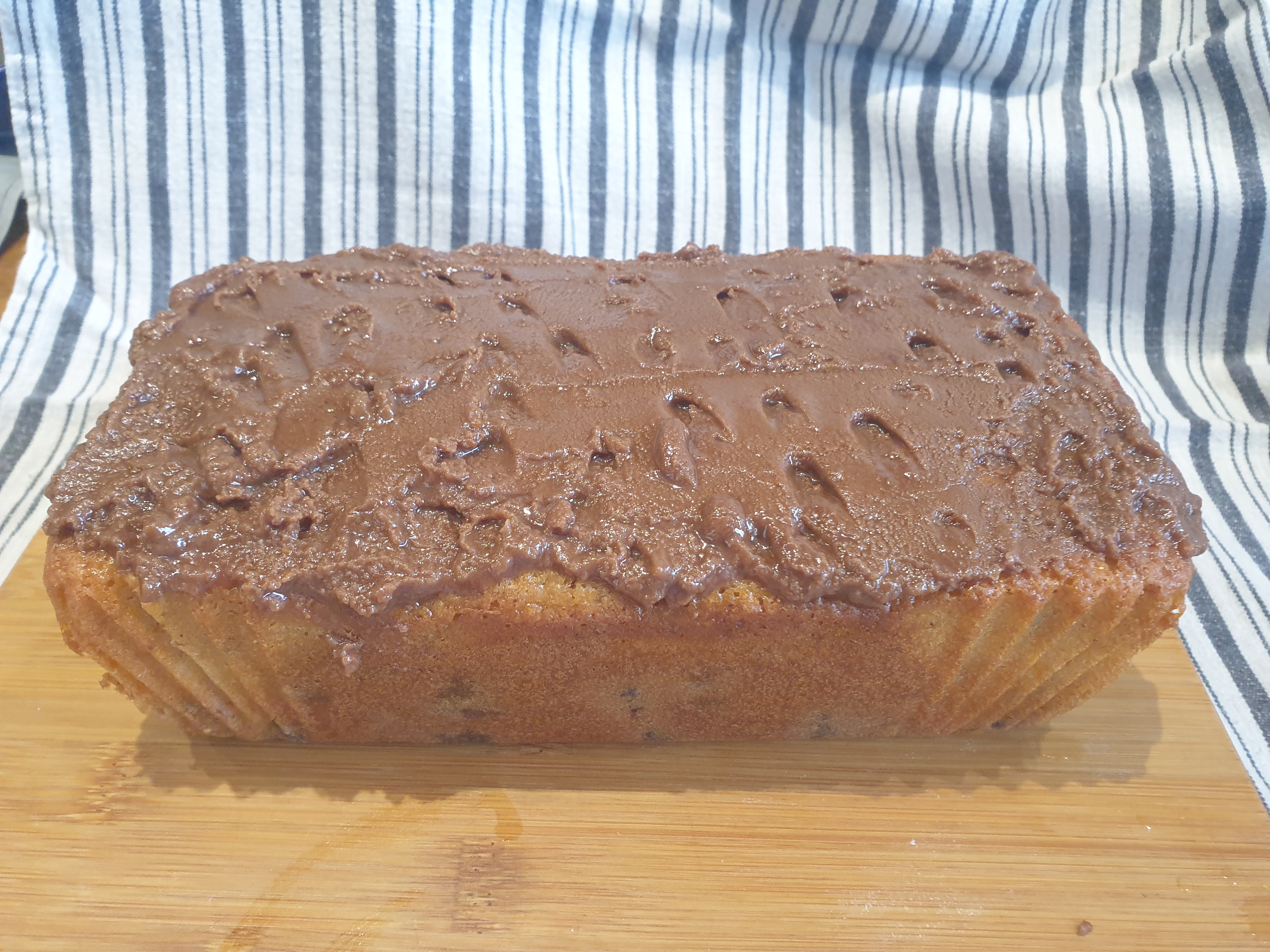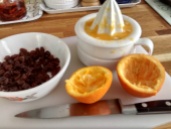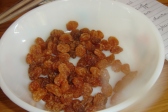Today, 4 July 2016, is the first Anniversary of my blog!
What an interesting year it has been for me with all the reading & research, cooking & photographing and the writing.
I do hope you are all enjoying reading my posts & God willing this is the start of another interesting year.
This will be my 58th post & I am going to write about a very popular vegetable in Poland.
Seler – Celeriac – Celery
- The word seler in Polish is used for both celeriac and celery and in fact celeriac is a just a variety of celery (Apium graveolens).
- Celeriac is mentioned in Homer’s Odyssey where it is called selinon.
- Now for a little plant biology – in English the stems of the plant are known as celery and they are long with leaves at the top.
- Whereas in the variety known as celeriac – it is the hypocotyl – the swollen enlarged stem above the root and below the leaves – which is eaten. The leaves come off the top of this swollen stem. (Celeriac is often classed as a root vegetable but it is not the root.)
- Celeriac has not been around in the shops in England for that long and last week I bought one in Marks & Spencer’s and it had a label on it saying “NEW“.
- Years ago when I looked at my Polish cookery book and it talked about grating seler – celery I used to think “oh, how very odd – I wonder how that comes out“ – I now realise that they were referring to grating celeriac.
- In Poland you are much more likely to be served celeriac than celery and it is a very popular vegetable which can be eaten both raw and cooked and is used in a variety of salads.
-
- I have been trying out some salads both with raw & cooked celeriac including some old favourites. Celeriac has a delicate flavour and easily picks up the flavours of the other ingredients.
- Dressings for the salads include mayonnaise, soured cream, natural thick yoghurt & my favourite grated horseradish (I use a bought sauce.)
I have given details of the dressing I have used in the following recipes but they are easily interchangeable.
Salads Using Raw Celeriac
- For the following recipes you will need to peel the celeriac – use a peeler if you can as using a knife can take too much off. You then need to grate the celeriac.
- Lemon juice is needed to prevent the grated celeriac discolouring.
Simple Celeriac Salad
Ingredients
- Grated celeriac – around half of one
- Juice of 1 lemon
- 2 small tart apples such as Granny Smith – grated
- Mayonnaise
- Soured cream
Method
- Make the dressing by mixing mayonnaise and soured cream together, I tend to use equal amounts.
- Mix the grated celeriac & grated apple together.
- Pour the lemon juice over them.
Add the dressing bit by bit – you want to coat the ingredients but not have lots of excess dressing.
Celeriac with Raisins & Walnuts Salad
- Grated celeriac – around half of one
- Juice of 1 lemon
- 2 small tart apples such as Granny Smith – grated
- Raisins – approx 1/2 a cup
- Chopped walnuts – approx 1/2 a cup
- Mayonnaise
- Soured cream
- Horseradish sauce
Method
- Make the dressing by mixing mayonnaise and soured cream together – equal amounts – and then add 1 to 2 large tablespoonfuls of horseradish sauce.
- Mix the grated celeriac & grated apple together.
- Pour the lemon juice over them.
- Add the raisins & the chopped walnuts
- Add the dressing bit by bit – you want to coat the ingredients but not have lots of excess dressing.
Celeriac & Orange Salad
Ingredients
- Grated celeriac – around half of one
- Juice of 1 lemon
- 2 small tart apples such as Granny Smith – grated
- Raisins – approx 1/3 of a cup
- 2 oranges
- Thick yoghurt
- Soured cream
- Horseradish sauce
Method
- Squeeze the juice from 1 orange & pour this over the raisins.
- Leave this for a couple of hours so that the raisins plump up.
Make the dressing by mixing equal amounts of yoghurt and soured cream together and then add 1 or 2 large tablespoons of horseradish sauce.

- Mix the grated celeriac & grated apple together.
- Pour the lemon juice over them.
- Peel & then chop the other orange and mix this with the soaked raisins.
Add the dressing bit by bit – you want to coat the ingredients but not have lots of excess dressing.
Salads Using Cooked Celeriac
- You can cook the celeriac by boiling it in water but I have found that it is much easier to steam it.
- If there is still any soil on the celeriac then wash this away with water first.
- If your celeriac is large you might want to cut it in half and just use half & use the other half for something else.
- Steam the celeriac – it will need at least 20 minutes.
- You can use a cake tester to see if it is cooked.
- Leave it to cool – I leave mine in the steaming pan with the lid on.
- When it is cold peel away the outer “skin”
Chop the celeriac into rough cubes or chunks.
These cooked cubes are then the basis of many different salads.
You can use the cooked celeriac in many salads instead of boiled potatoes as in the classic Polish Potato Salad with peas & carrots in mayonnaise.
The potatoes in the above salad can be replaced with celeriac.
Celeriac & Gherkin Salad
Ingredients
- Chopped cooked celeriac – around half of one
- 1 tart apple such as Granny Smith – grated
- Lemon juice
- 1 chopped gherkin
- 1 chopped onion – red looks good.
- Mayonnaise
Method
- Mix the chopped cooked celeriac and the grated apple together and some lemon juice.
- Add the chopped gherkin and onion.


Add a couple of large tablespoons of mayonnaise and mix it all together.
Celeriac Salad with Hard Boiled Eggs
Ingredients
- Chopped cooked celeriac – around half of one
- 1 tart apple such as Granny Smith – grated
- Lemon juice
- 2 or 3 hard-boiled eggs chopped
- Large handful of raisins or sultanas
- 1 chopped onion – red looks good
- Thick yoghurt
- Horseradish sauce.
Method
- Mix the chopped cooked celeriac and the grated apple together and some lemon juice.
- Add the chopped onion.
- Add the raisins (or sultanas)
- Add the chopped hard boiled eggs.
- Mix a dressing using 2 to 3 tablespoons of thick plain yoghurt and 1 or 2 tablespoons of horseradish sauces and mix the other ingredients.
- Leave this for around half and hour so that the flavours can mingle.
NOTE
If you hard boil very fresh eggs they are very difficult to peel -it is easier to use older eggs.
Celery, Peanut & Sultana Salad
This recipe is one I got for one of my sisters many years ago and although this is not a traditional Polish salad it has become one of my trusty recipes as it is so easy and as it is best to make it sometime ahead there is no last minute stress when making it.
Ingredients
- 4 long celery stalks
- Around 1/3 cup of salted peanuts
- Around 1/3 cup of sultanas
- Mayonnaise
Method
- Chop the celery into fine slices.
- Mix with the peanut and sultanas.
- Add 2 or 3 tablespoons of mayonnaise.

- Leave for at least half an hour before serving – I usually make this several hours beforehand.
Now for a little science to explain why the dressing taste so sweet and is more runny than when it started.
- Osmosis is the movement of water across a semi-permeable membrane from an area of high water concentration to an area of low water concentration to try to equalise the concentrations on both sides.
- Cells in the plant ingredients have semi-permeable membrane.
- The salt on the peanuts causes water to leave the celery and go into the mayonnaise, this water then enters the sultanas causing them to plump up.
- The above is true when you mix many salads but especially here with the salt on the peanuts and the dried fruit.










































































